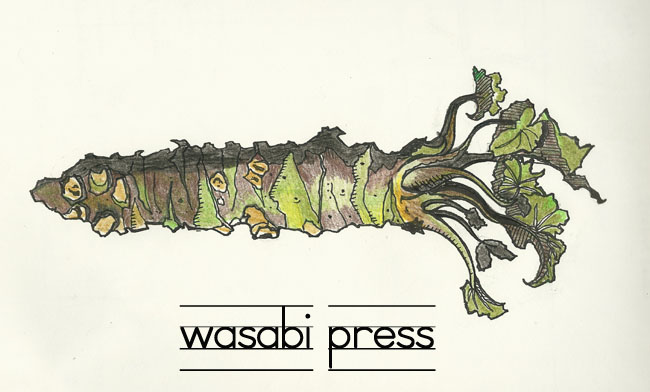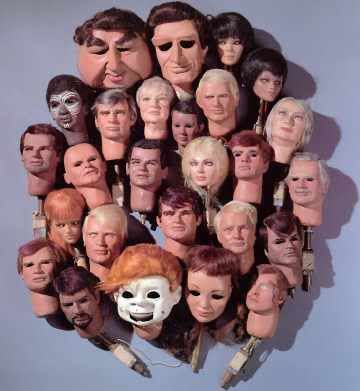
As many of you know, I am in the stages of writing a script for the soon to be permanent exhibition at the Japanese American National Museum. This exhibit will focus on the World War II Japanese American experience and the lessons that can be shared with the world through this specific ethnic community and the terrible cost of sacrificing one's civil liberties under the vitriol of racism and economic greed.
Let me be honest- this is a really challenging assignment. In many ways I feel that it is a story I have been preparing for forty years to face and to tell. Building exhibits and curatorial work in itself is a bit mysterious to begin with, but in this case. this exhibit building is something more. It is a deeply nuanced transformation of the Museum itself as it moves from memorializing the past to teaching and embracing the future. For me, it is a process of massive outreach and careful listening, while simultaneously sorting and brutal editing.
Just this past weekend, as I once again got into The Thinker pose and re-read my drafts, it occurred to me that what this is all about is Process. Sigh, yes Process. It reminded me of one of the stories my former boss, Malcolm Margolin, of Heyday Books would recount to me and audiences all over California, when we talked of cultural revival and generational change.
The story goes something like this:
"In the high Sierra, there is a tradition of rebuilding roundhouses. These roundhouses are underground houses or semi-underground houses, they're dance houses, they're for ceremony, they're for storytelling.
And one of them is at Trusser, east of Jackson, and it was built in the early ‘70s. The roof fell in in 1990, it was rebuilt and it is still being used, and it's kind of a center for culture and for cultural renewal.
I was once talking to the people that built it, and I was talking about how it was built. And what they said was that they could have built it better. They could have used creosote on the posts when they dug the post into the ground, there was nothing in the old rules that said you couldn't use creosote. They didn't have to tie the rafter with grapevine, they could have used metal, there was nothing in the old rules that said you couldn't use metal.
But there was a rule that they had to follow, and that is, you had to build the roundhouse so that it would fall apart every twenty years, so each generation would have the experience of rebuilding it."
I think this is what is happening, both on a personal and on a communal level- and it is terrifying and beautiful all at once. Again, to paraphrase Mal, in the way in which we are approaching this idea of redesigning the world of the future, the world of the Museum, we must remember to redesigning it from strength, from understanding, deeply meditating upon what works, deeply understanding what the soul of belonging to that process of becoming American, and then designing our vision, the new exhibition to house our stories from that. THAT is the roundhouse we are reaching for, the one that we will all be able to dance in.



3 comments:
I'm so glad you are the person who is doing the rebuilding. I look forward to seeing the exhibit anew.
The story was very interesting, from start till the end. Good luck with the exhibition.
moving company
Post a Comment